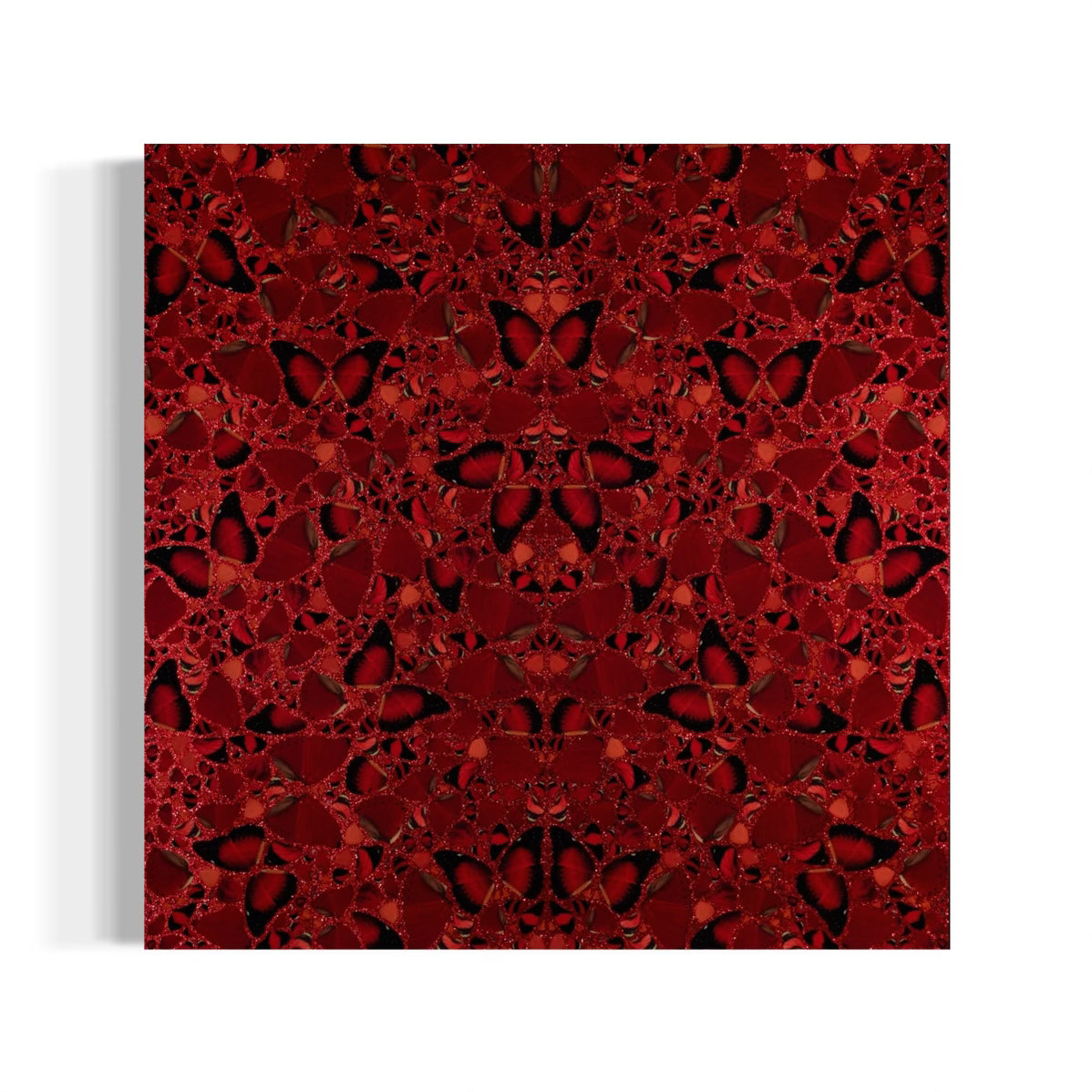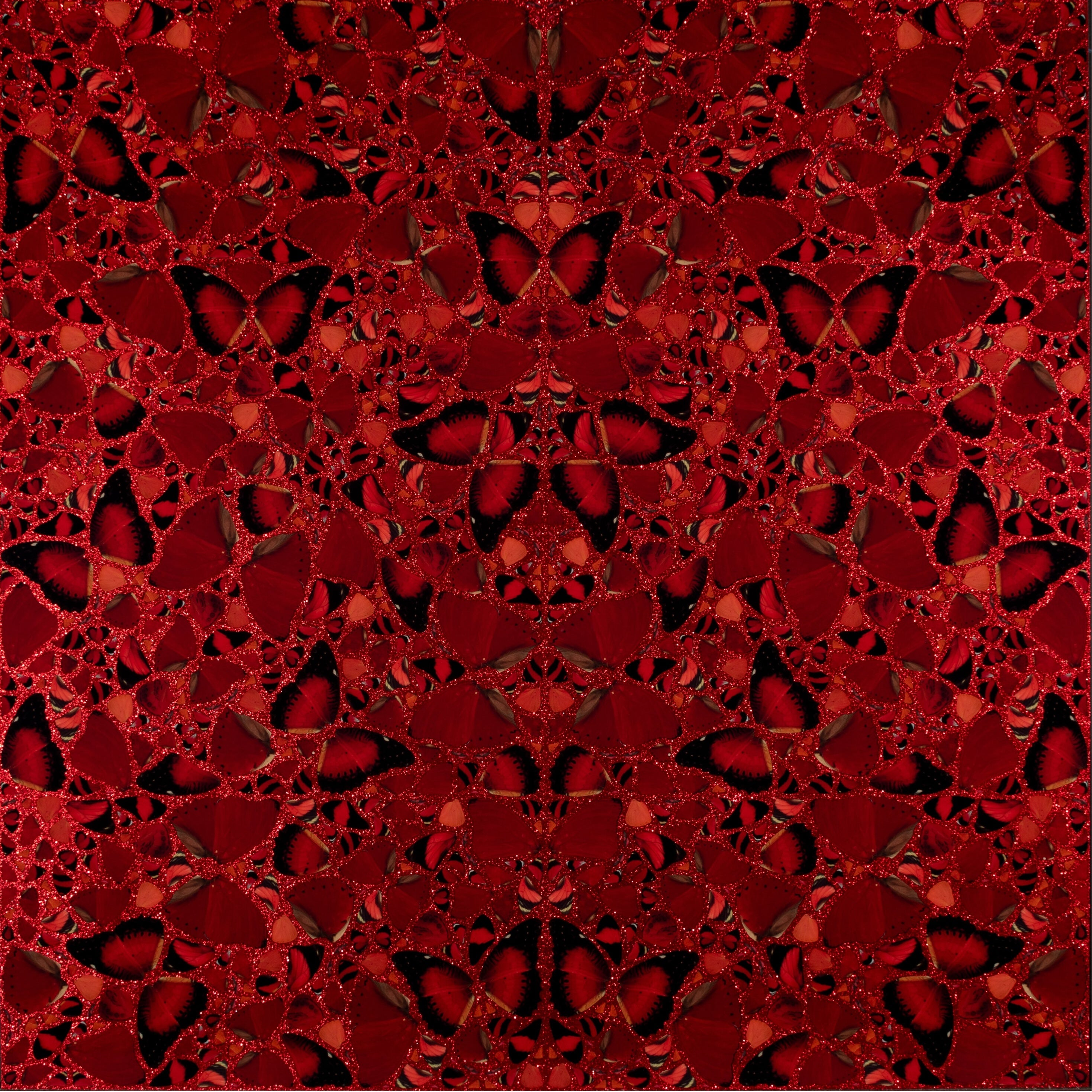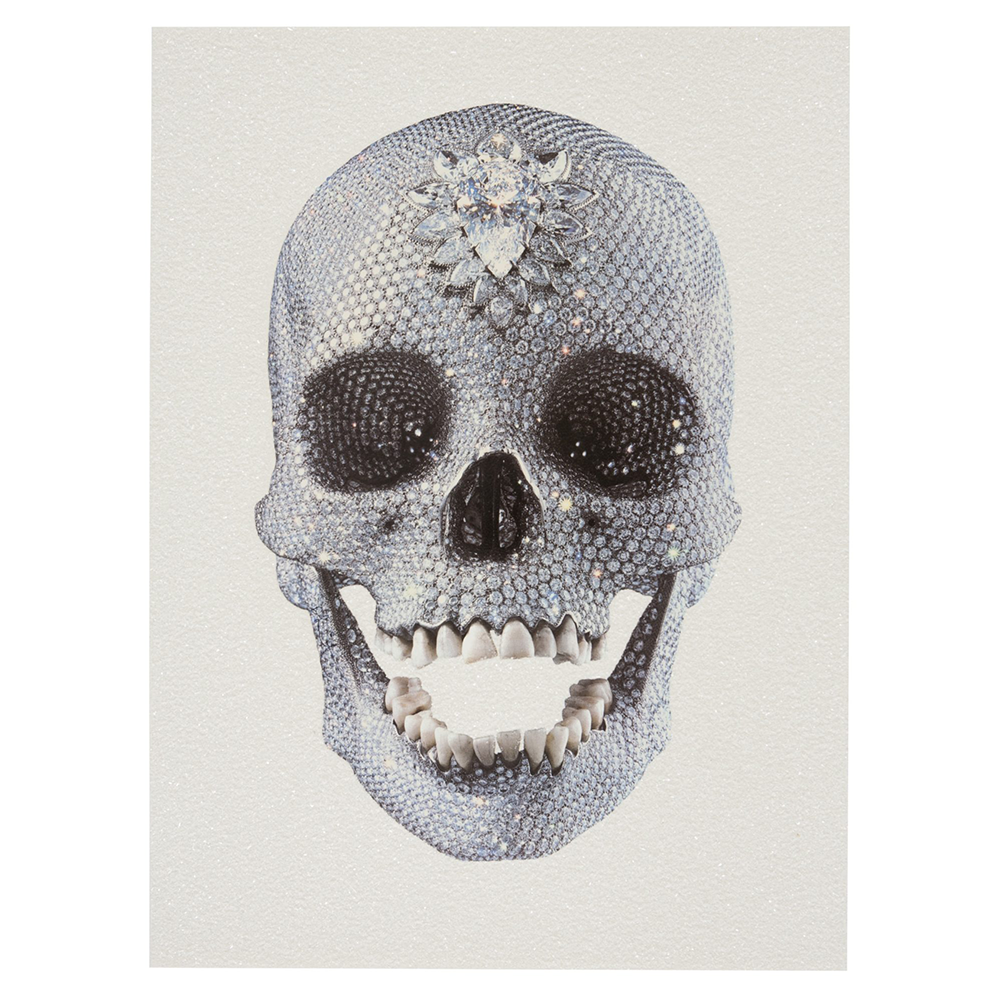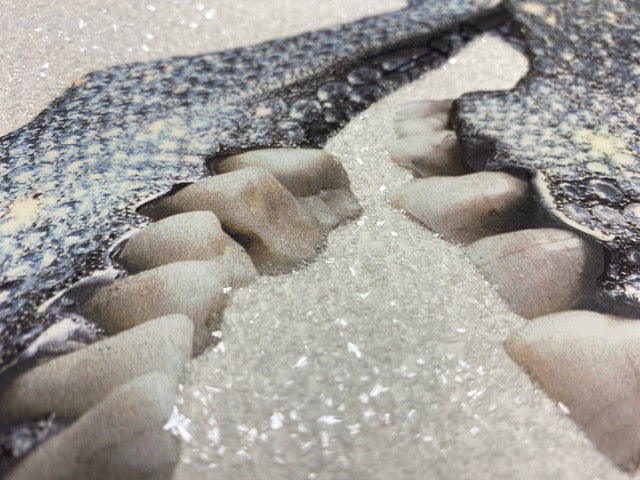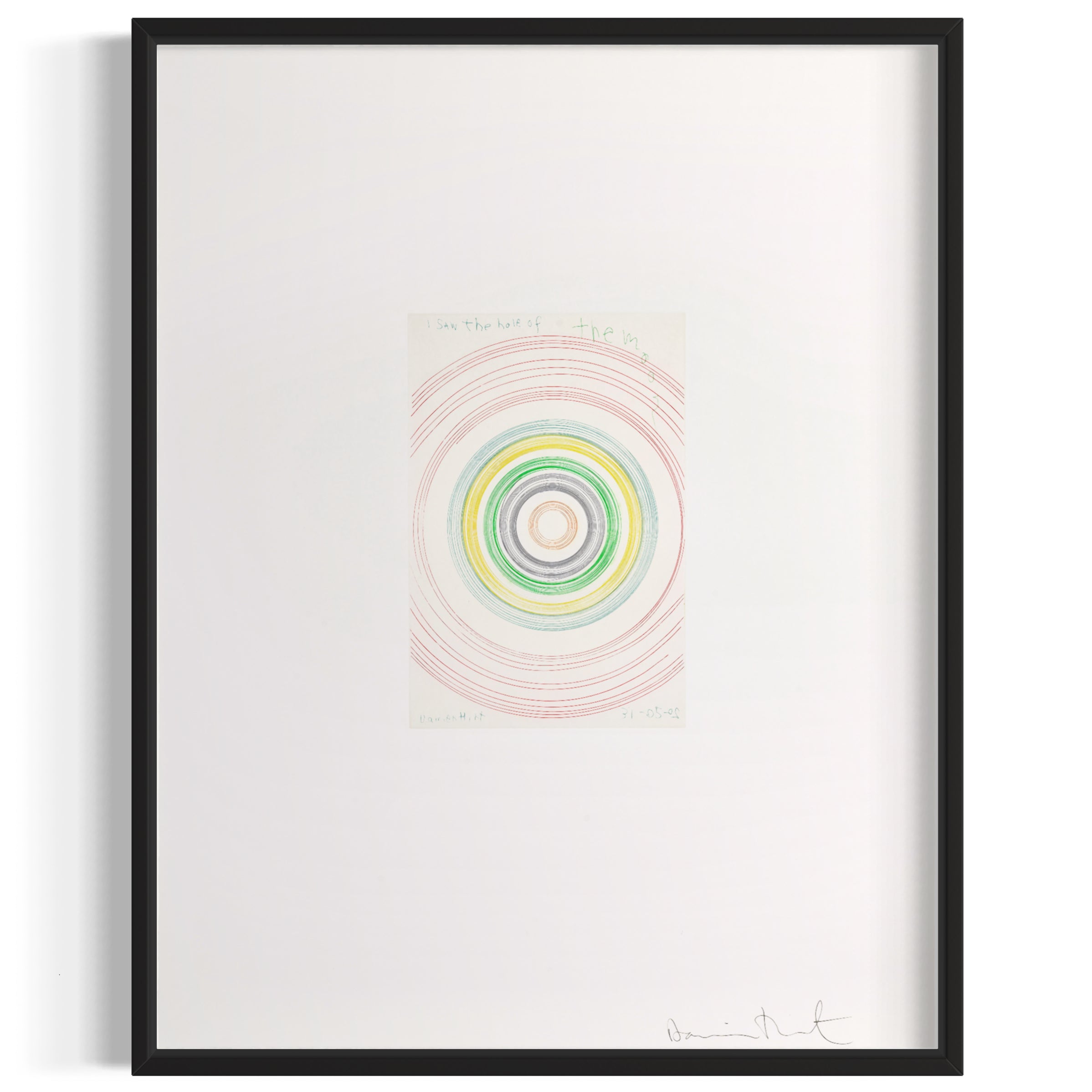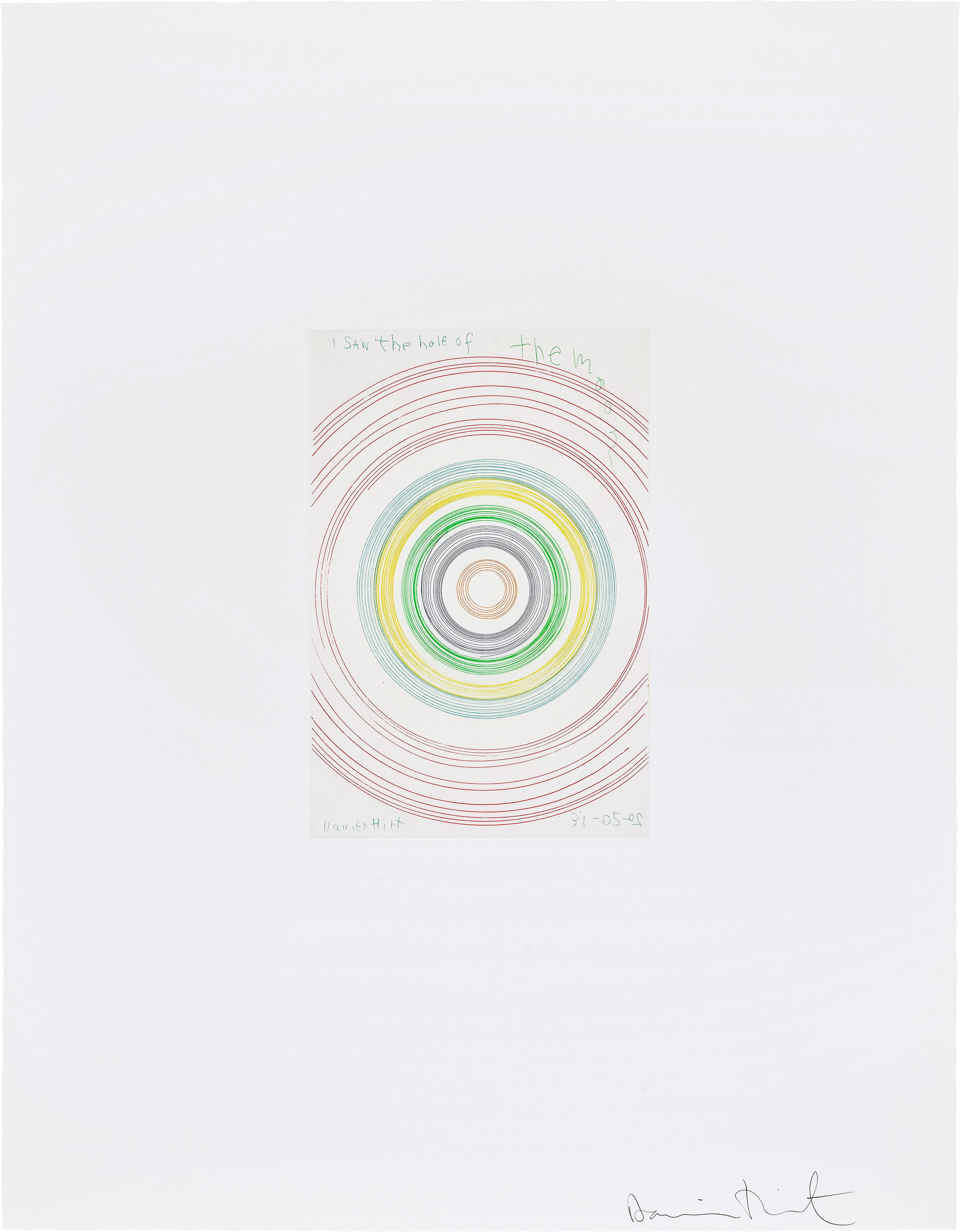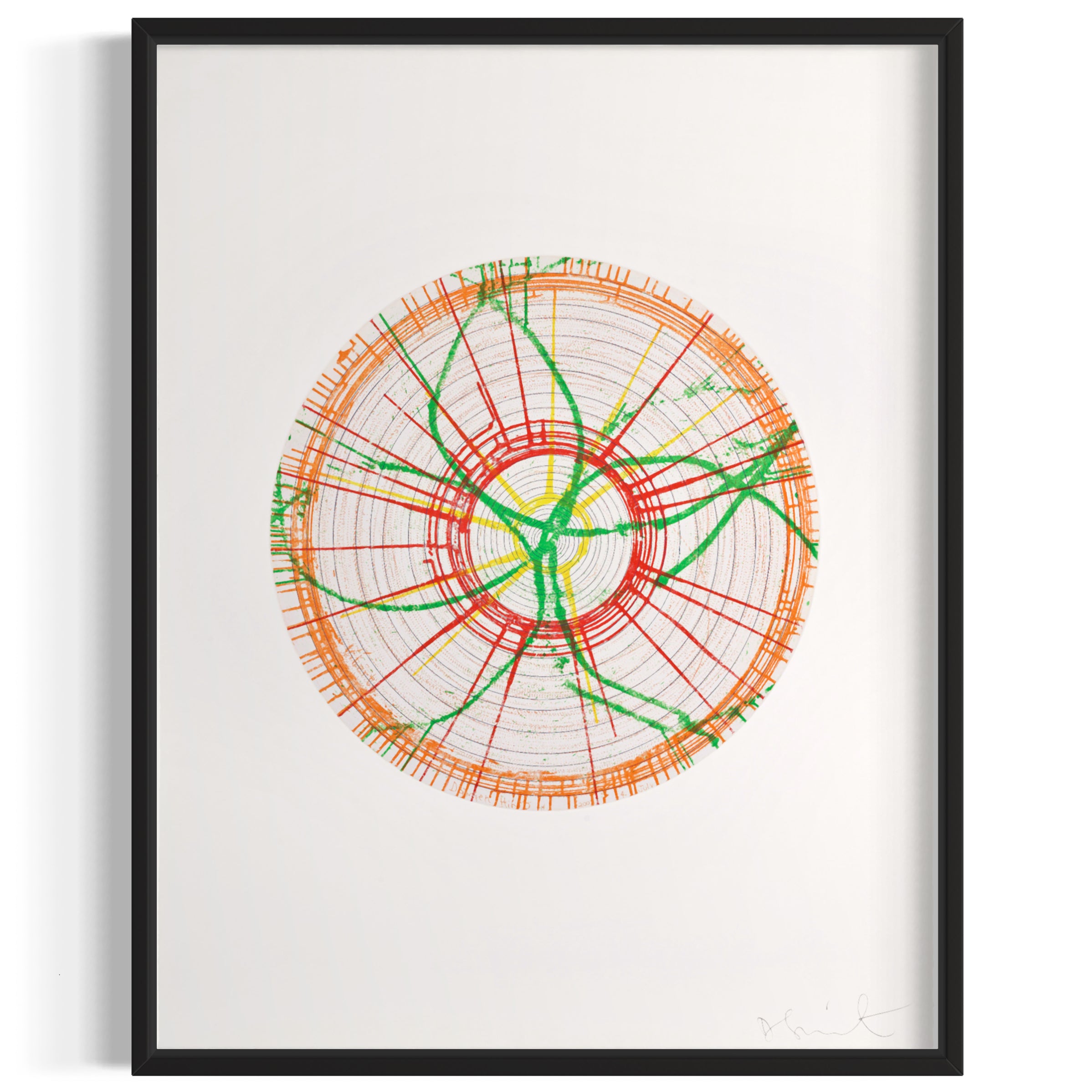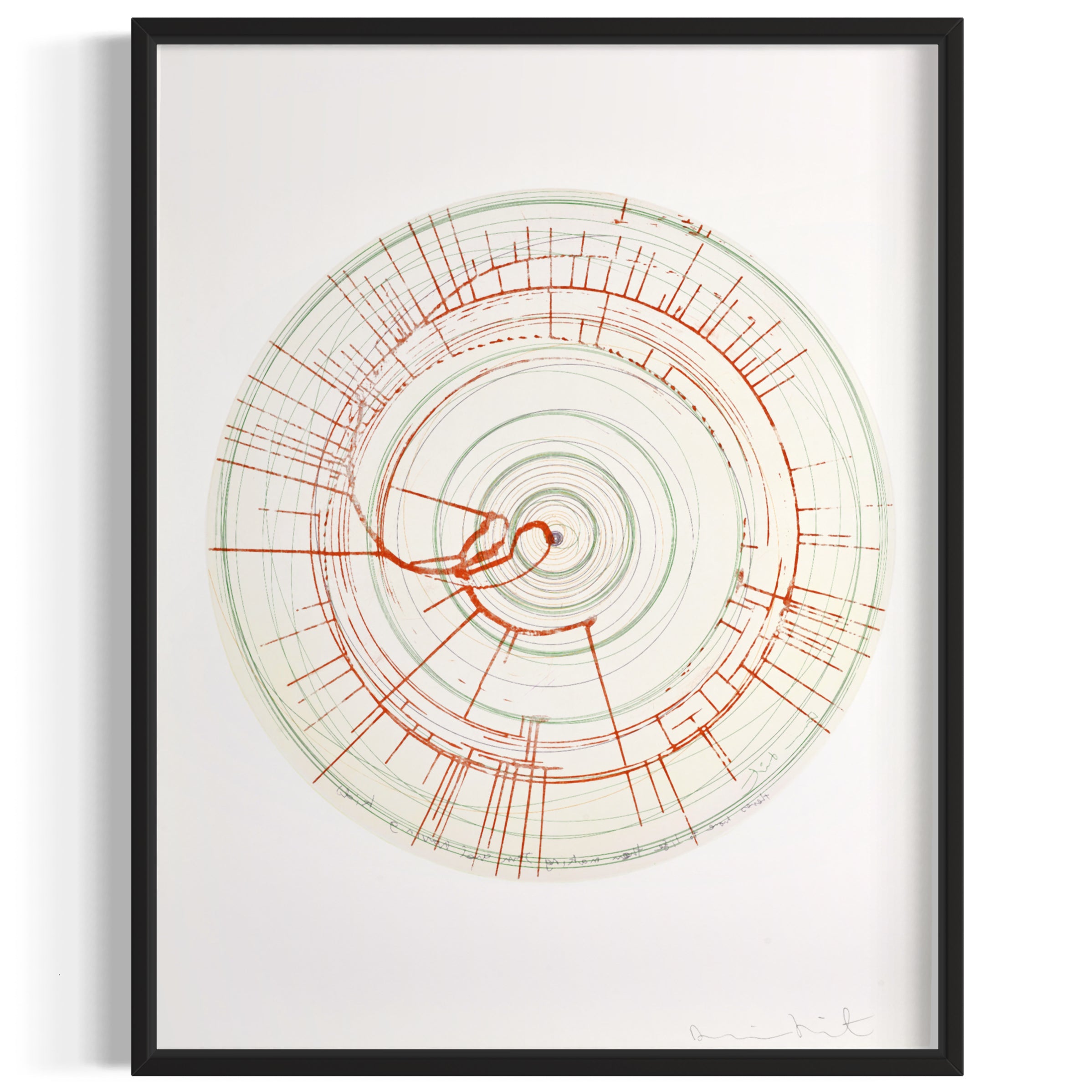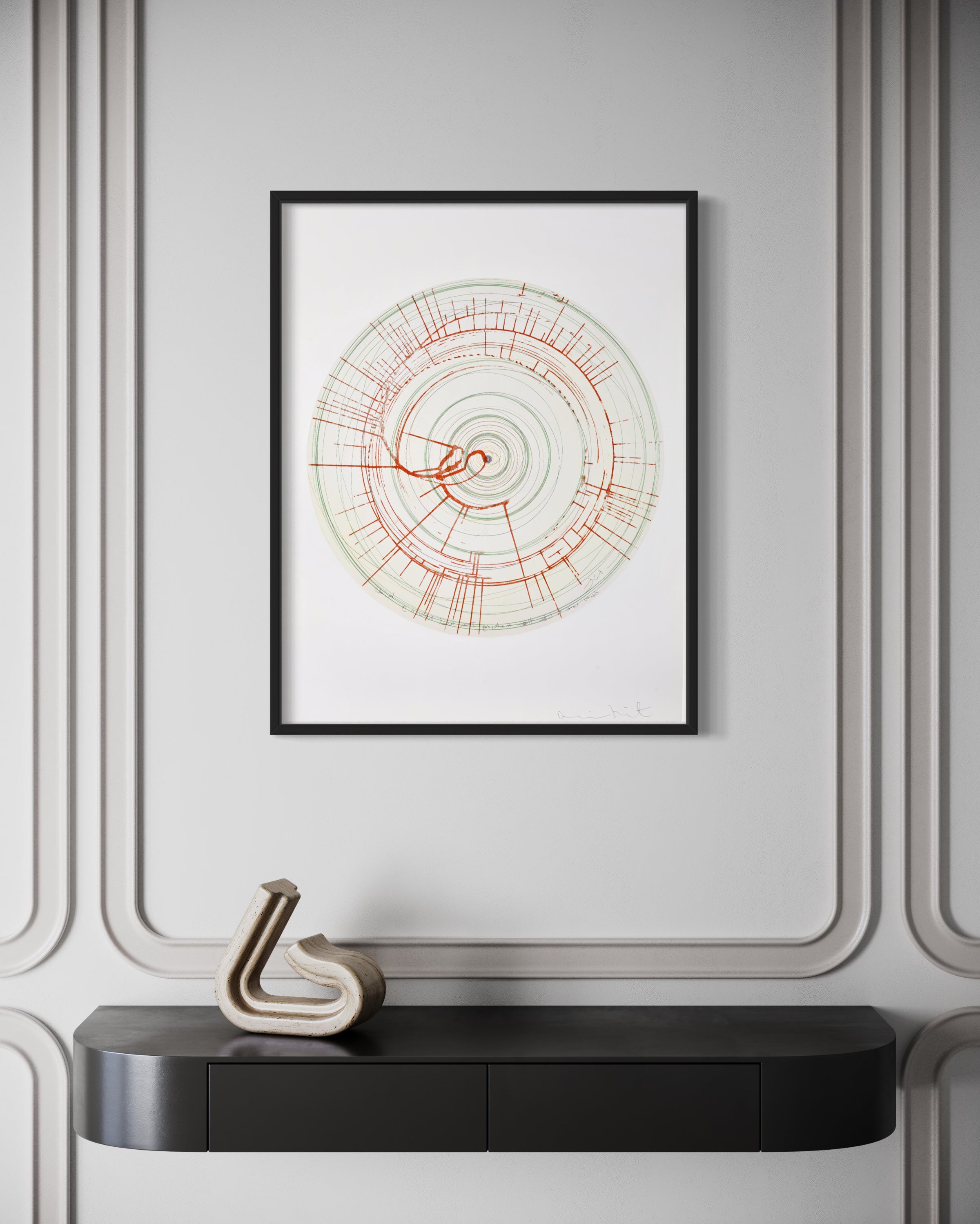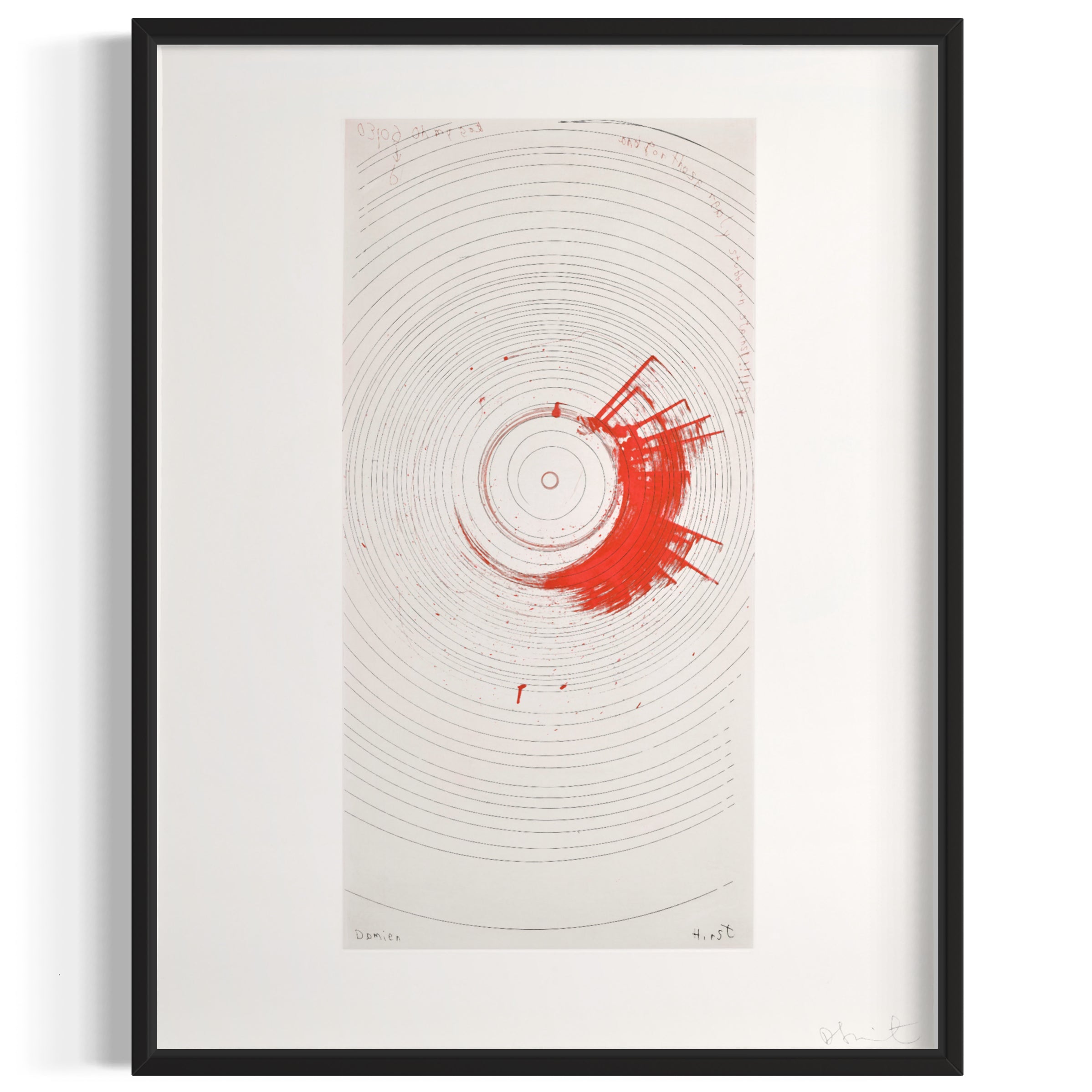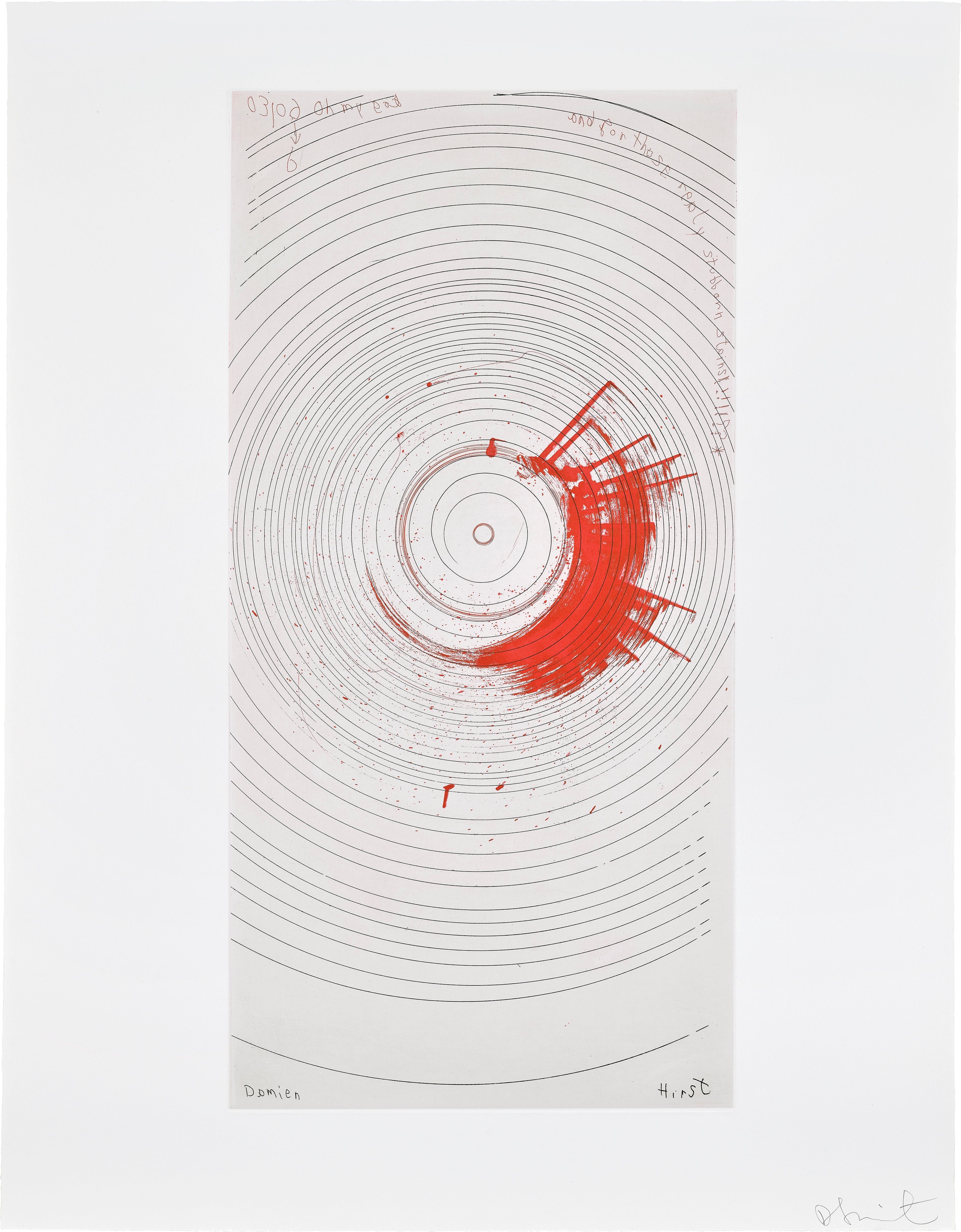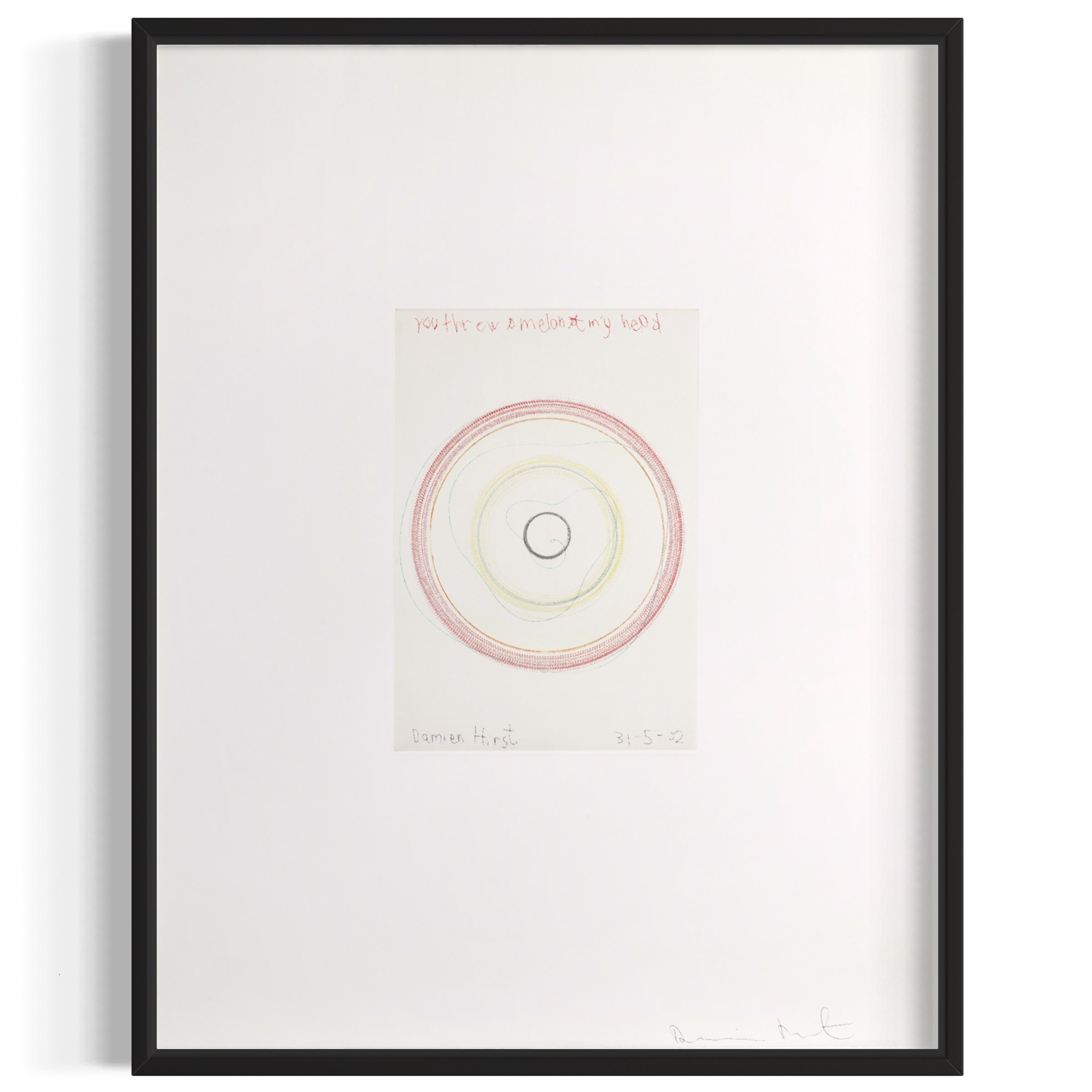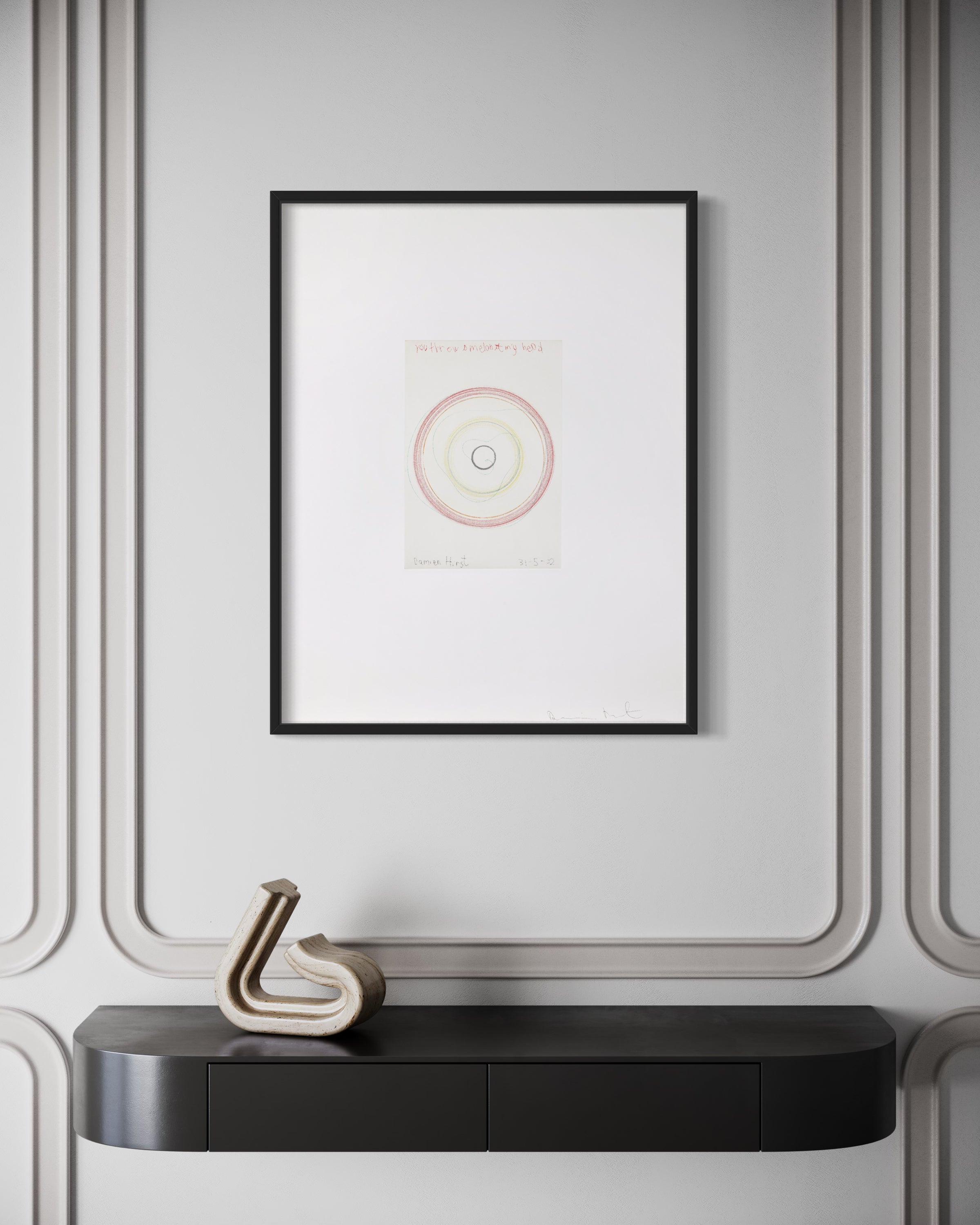"Art is about life and it can't really be about anything else. There isn't anything else."
Damien Hirst (b. 1965, Bristol, United Kingdom) is one of the most prominent and controversial figures in contemporary art, whose provocative work has redefined the boundaries between art, science, religion, and commerce. As the leading member of the Young British Artists (YBAs) who transformed the British art scene in the 1990s, Hirst gained international recognition for his confrontational works that examine mortality, value, belief, and the commodification of art itself. Working across diverse media including installation, sculpture, painting, and photography, Hirst's oeuvre is characterized by conceptual boldness, technical precision, and a distinctive visual language that combines scientific aesthetics with existential inquiry.
After studying at Goldsmiths College in London under the influential teacher Michael Craig-Martin, Hirst rose to prominence when he conceived and curated the groundbreaking exhibition "Freeze" in 1988, which launched the careers of many YBAs. His early installations featuring preserved animals in formaldehyde, most notably "The Physical Impossibility of Death in the Mind of Someone Living" (1991)—a tiger shark suspended in a vitrine of formaldehyde—established his reputation for creating visceral works that confront viewers with the reality of death. Throughout his career, Hirst has developed several iconic series including the "Spot Paintings" of perfectly arranged colored dots, the "Spin Paintings" created on rotating circular surfaces, the "Medicine Cabinets" filled with precisely arranged pharmaceutical packaging, and the "Butterfly Paintings" incorporating actual butterfly wings in intricate patterns reminiscent of stained glass windows. Beyond their striking visual impact, these works engage with profound themes of mortality, faith, medicine, and the pursuit of immortality through art and science. Based primarily in the UK with studios in London and Gloucestershire, Hirst continues to produce work that challenges conventions while maintaining his position as one of the world's most recognizable and commercially successful contemporary artists.
Damien Hirst, Heaven, 2008. by Prudence Cuming Associates Ltd. © Damien Hirst and Science Ltd. All rights reserved, DACS/Artimage 2023









